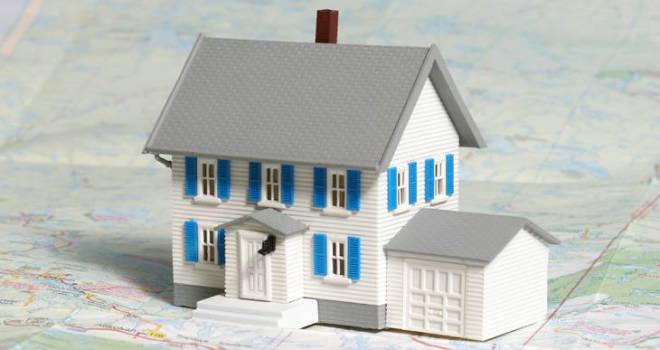
This exceeds the previous high of £6.68 billion at the peak of the last housing market boom in 2007/08, and is more than 15 times higher than the £520 million raised by residential stamp duty 20 years ago in 1994/95.
Under the new progressive structure of stamp duty introduced on 4th December 2014, no tax is paid on any of the value of a property below the starting threshold of £125,000. Above the first threshold, tax is charged at the relevant rate on the amount by which the selling price exceeds the threshold.
Based on the current average house price in England and Wales of £259,7082, a typical home buyer pays a total of £2,985 in stamp duty. Under the old flat structure, a buyer paying this price would have been subject to stamp duty payments of £7,791 – a saving of £4,806.
In all regions, buyers are often making large savings. In cash terms, the largest savings are in London (£4,830) and the South East (£3,843). The ‘tipping point’ price is £938,000, at which point the buyer is worse off under the new structure.
While it remains very early days, so far there are no signs of any marked changes in behaviour as a result of the changes made to stamp duty at the start of December. According to research by Halifax, the proportions of all sales in each of the bandings in December 2014 and January 2015 are almost identical to those in the preceding three months.
This equally applies at the top end of the market where theproportion of sales in London above £925,000 is unchanged at 9%; suggesting thatthe increase in stamp duty on such sales is not significantly deterring purchases in this market segment.
Three-quarters (76%) of all home purchases in England and Wales in December 2014 and January 2015 were above the starting stamp duty threshold of £125,000. Nearly all homebuyers in London paid stamp duty with just one in five (21%) purchases in the lowest band of £125,000 to £250,000.
In contrast, more than half (53%) of buyers in the North East were below the starting point for stamp duty payments of £125,000. Almost a half of all property purchasers in the North West (46%), Yorkshire & Humber (45%) and Wales (44%) were similarly exempt from the tax.
81% of stamp duty revenue raised in the UK in 2013/14 was in the four regions of southern England – Greater London, South East, South West and East of England. This was significantly higher than their 71% share in 2007/08 when total stamp duty revenues were at a similar level (£6.68billion in 2007/08 against £6.45 billion in 2013/14).
London alone contributed 42% of all UK stamp duty revenues in 2013/14 compared with 28% in 2007/08. Indeed, London is the only region to have seen an increase in revenues between 2007/08 and 2013/14.
Two in five (40%) of all purchases by first-time buyers were below the £125,000 threshold at which stamp duty becomes payable during the three months from December 2014 to February 2015.
No sales to FTBs in London were below £125,000 in this period whereas almost three-quarters of FTB purchases in Northern Ireland (74%) and the North (73%) were for less than £125,000.
Two-thirds of FTB purchases in London were above £250,000 and one-quarter in the South East. In contrast, only 1-2% of FTB purchases in the northern regions of England, Wales and Northern Ireland were above £250,000.





